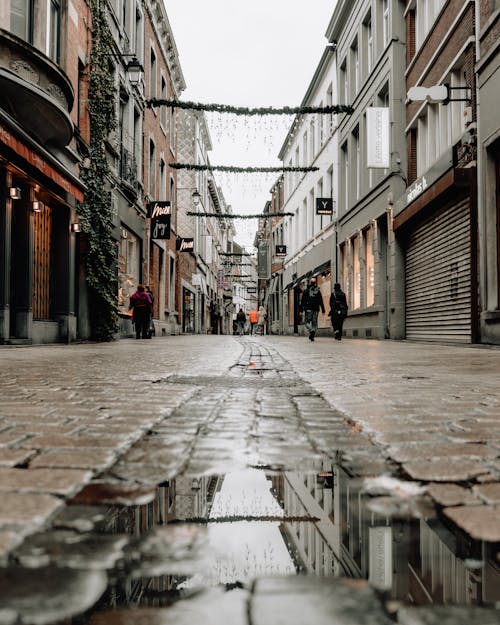The Buzz on Framing Streets
The Buzz on Framing Streets
Blog Article
All about Framing Streets
Table of ContentsA Biased View of Framing StreetsNot known Incorrect Statements About Framing Streets Framing Streets Fundamentals ExplainedSome Known Questions About Framing Streets.

Both at the Gallery of Modern Art (Mo, MA). Influenced by Frank, in the 1960s Garry Winogrand, Lee Friedlander and Joel Meyerowitz began photographing on the streets of New York. Phil Coomes, composing for BBC Information in 2013, said "For those of us interested in road digital photography there are a few names that stand out and among those is Garry Winogrand"; doubter Sean O'Hagan, composing in in 2014, claimed "In the 1960s and 70s, he defined road photography as a perspective along with a design and it has laboured in his shadow ever before given that, so definitive are his pictures of New york city." Going back to the UK in 1965 from the United States where he had fulfilled Winogrand and adopted road digital photography, Tony Ray-Jones turned a wry eye on usually surreal groupings of British individuals on their vacations or joining festivals.
Road digital photography is a substantial category that can be specified in lots of means, yet it is frequently defined by the spontaneous catching of an unrepeatable, short lived minute, usually of the daily going-ons of unfamiliar people. It is classically fired with larger angle lenses (e. g. 35mm) and normally includes city settings.
Framing Streets Fundamentals Explained
Docudrama digital photographers normally have a specified, deliberate message and a purpose to record particular events in history (https://allmyfaves.com/framingstreets1?tab=Framing%20Streets). The gamut of the pop over to this site documentary strategy includes facets of journalism, art, education and learning, sociology and background. In social investigation, documentary pictures are frequently intended to provoke, or to highlight the demand for, social modification
Street photography is usually viewed as unposed and honest, however there are a few road photographers that interact with strangers on the streets and take their portraits. Road portraits are unplanned portraits taken of complete strangers while out doing street photography, nonetheless they are viewed as presented due to the fact that there is interaction with the topic.
Photographing people and places in public is lawful in many countries securing flexibility of expression and journalistic flexibility. There are usually limits on exactly how photos of individuals may be used and most countries have specific regulations regarding people's privacy.
Our Framing Streets Statements
While the common-law provinces comply with the UK, relative to the freedom to take images in a public area, Quebec law gives that, in many situations, their publication can occur just with the authorization of the topics therein. The European Union's Civil rights Act 1998, which all EU countries need to maintain in their residential regulation, develops in a right to privacy. The right to privacy is safeguarded by Write-up 8 of the convention. In the context of digital photography, it stands up in arms to the Article 10 Of freedom of expression. Therefore, courts will generally take into consideration the general public interest in stabilizing the rights via the lawful test of proportionality. While also restricting photography in order to protect personal privacy civil liberties, road digital photography can still be legal in France when pursued as an art type under certain circumstances.

. that just strayed into a scene), or who are not also well-known in the picture. https://www.flickr.com/people/199855997@N03/. It likewise does not generally encompass people who are public numbers (e. g - Best Zoom Lens. political leaders or celebs). If a picture is taken into consideration art, the courts will likewise think about the photographer's freedom of imaginative expression; indicating that "artful" road photography can still be lawfully published in specific cases
Framing Streets Can Be Fun For Everyone
Photographing the cops and publishing the photographs is also lawful.
In Hungary, from 15 March 2014 anybody taking photographs is practically breaking the regulation if someone wanders into shot, under a brand-new civil code that forbids taking pictures without the approval of everybody in the photograph - photography presets. This expands the legislation on approval to consist of the taking of photographs, in enhancement to their magazine
'Surprise digital photography' (kakushidori hidden, surreptitious photography) 'stolen photography' (nusumitori without objective of obtaining approval) and "fast photography' (hayayori before authorization and refusal can be given) are forbidden unless in the previous authorization is gotten from the subject right away after taking the photo. People have civil liberties to their pictures (shzken, droit de picture).
Report this page